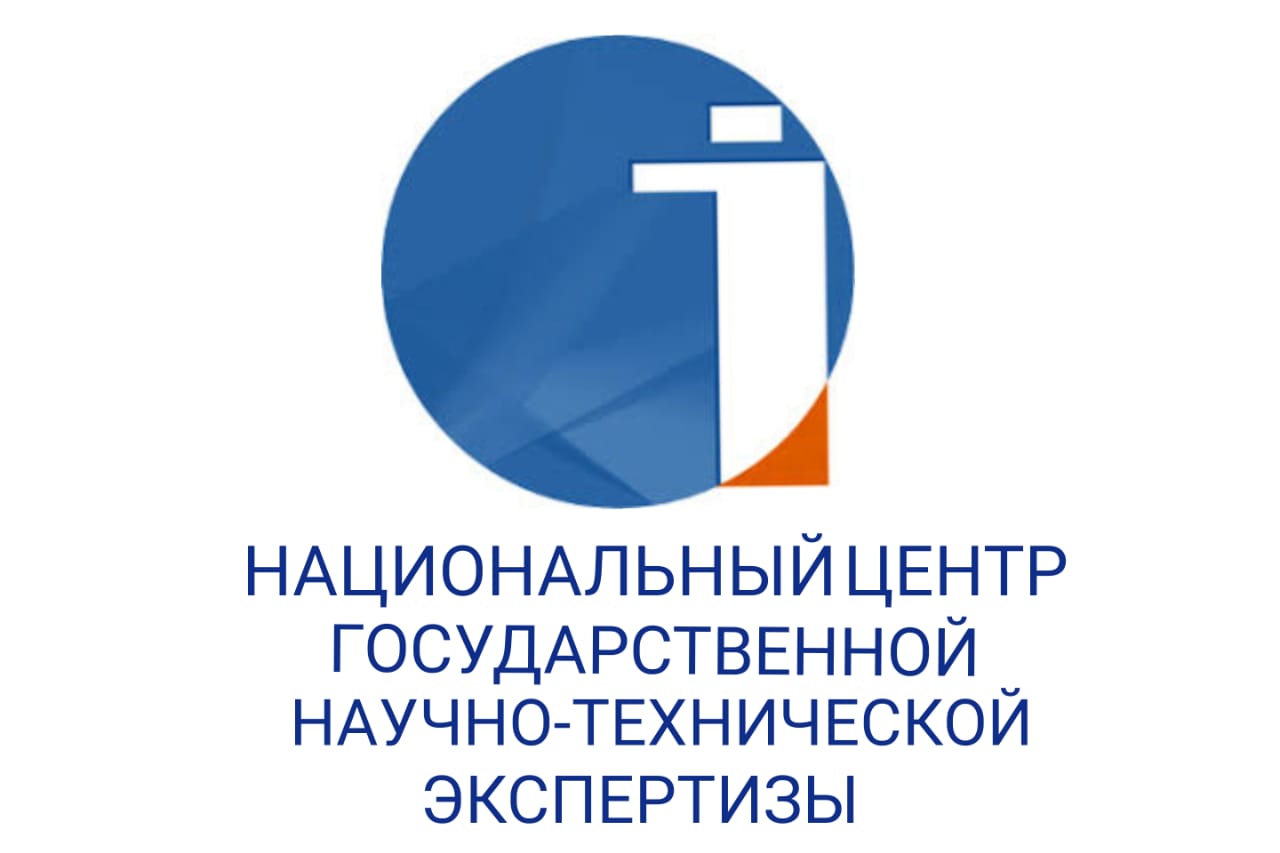PHRASEOLOGICAL UNITS WITH A SOMATIC COMPONENT IN THE KAZAKH AND TURKISH LANGUAGES
DOI:
https://doi.org/10.48371/PHILS.2023.71.4.011Keywords:
somatism, phraseology units, human body, verb, somatic component, metaphor, culture, religionAbstract
This paper is a comparative analysis of phraseological units which contain human body parts. The purpose of this study is to study the phraseological units and to identify their main similarities and differences. The comparative analysis was conducted on the basis of two languages belonging to the same language group: Kazakh and Turkish. The materials of the study were phraseological units functioning in the Kazakh and Turkish languages, extracted from the phraseological dictionaries by the sampling method.
The scientific novelty of the study lies in the fact that it is the experience of a detailed comparative analysis of the semantics of phraseological units containing human body parts in two single-systems, genetically close languages – Kazakh and Turkish.
The main research methods were: comparative and comparative methods and descriptive methods.
The scientific significance of this work lies in the fact that the differences between the phraseological expressions in the Kazakh and Turkish languages have been established as a result of the study. Often the same phenomenon is conveyed completely differently, different images and metaphors are used. Even more frequent is the use of different verbs in the same phraseology.
The conclusions obtained during the research work make it possible to qualify, in fact, that the bulk of the phraseological units of the Kazakh and Turkish languages related to human body parts are mostly identical with each other, despite the fact that quite often the Kazakh and Turkish languages use different verbs to convey the same image. It should be noted that the commonality of culture and religion could not but play a role in the formation of the phraseological composition of the two languages.








